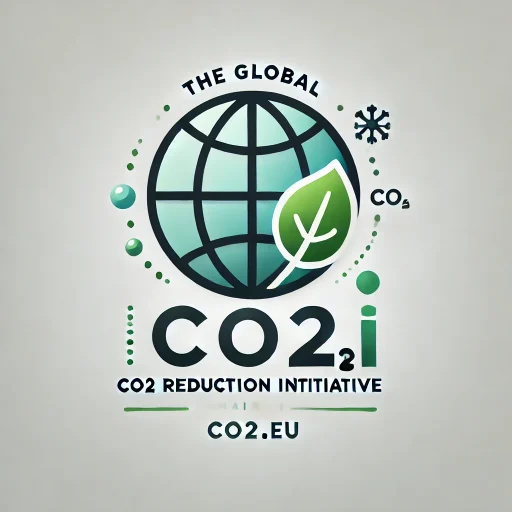EU Carbon Reduction Activities: November 2025
Executive Summary: The European Union has reaffirmed its commitment to reducing carbon emissions by 90% by 2040, with a focus on balancing economic competitiveness and environmental responsibilities. Internal disagreements have delayed binding commitments, but the EU is working to finalize its climate strategy ahead of the COP30 summit. The use of carbon credits and the need for a just transition remain key points of contention.
Introduction
In early November 2025, the European Union (EU) continued its efforts to negotiate and finalize its climate targets, aiming for a 90% reduction in carbon emissions by 2040. These discussions are critical as the EU prepares for the upcoming United Nations COP30 climate summit in Belém, Brazil. This report provides an overview of the key developments and challenges faced by the EU in setting its climate goals during this period.
2040 Emissions Reduction Target
The EU has set an ambitious target to cut carbon emissions by 90% by 2040 compared to 1990 levels. However, internal divisions among member states have delayed the agreement on binding targets. A non-binding interim goal of reducing emissions by 66.25% to 72.5% by 2035 has been proposed, which some argue falls short of the Paris Agreement obligations. The main disputes involve the use of carbon credits and carbon sinks.
Source: CO2i.eu
Challenges and Negotiations
Countries like Poland and the Czech Republic have expressed concerns over the achievability of the 90% target, citing economic competitiveness as a major issue. This has led to delays in submitting the 2035 emissions reduction plan to the UN. The EU is still working to present a viable plan at COP30.
Source: Clean Energy Wire
Use of Carbon Credits
EU member state environment ministers have decided to stick to the 90% target but proposed broader flexibilities, which would further weaken the original proposal. They made these adjustments to reflect concerns about the EU’s competitiveness, the need for a just and socially balanced transition, and uncertainty related to natural removals. EU governments aim to use international carbon credits for up to 5% of 1990 net emissions, effectively bringing the target down to 85+x% of domestic emissions reductions.
Source: Clean Energy Wire
Conclusion
The EU’s commitment to a 90% emissions reduction by 2040 is a significant step towards addressing climate change. However, internal disagreements and the reliance on carbon credits pose challenges to achieving these goals. As the EU prepares for COP30, it must finalize its climate strategy to ensure a balanced approach that considers both economic and environmental responsibilities.


Recent Comments